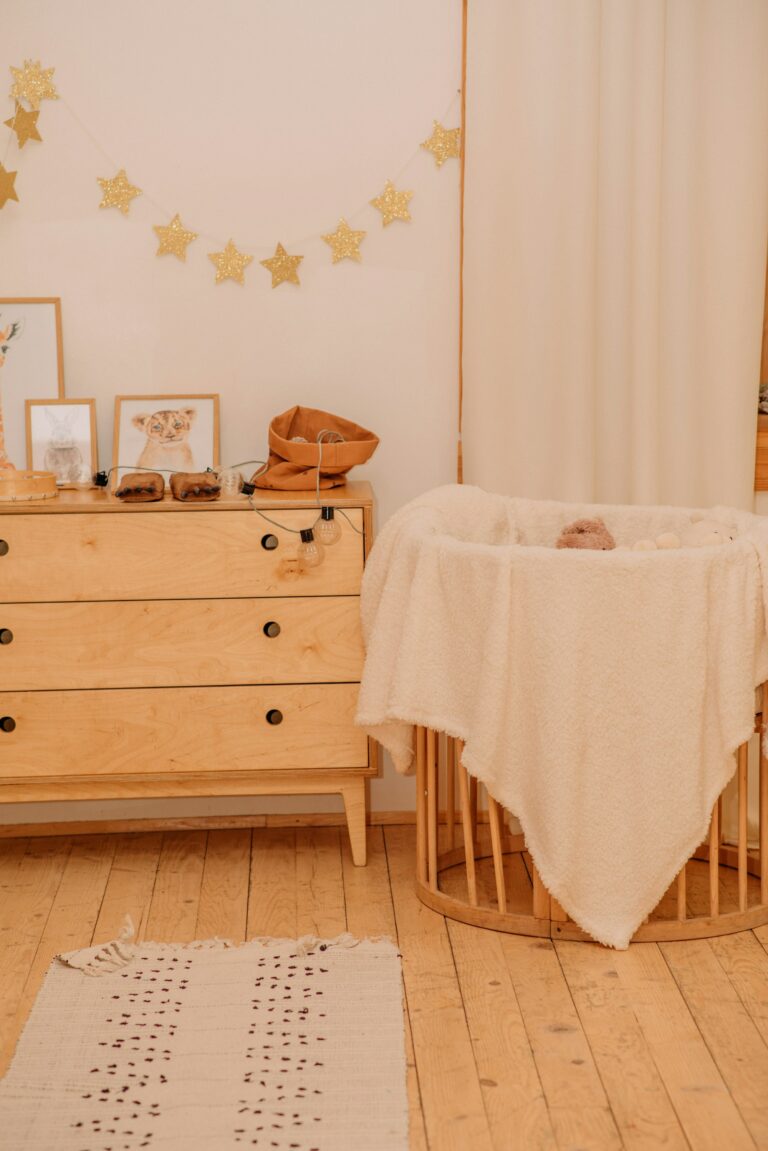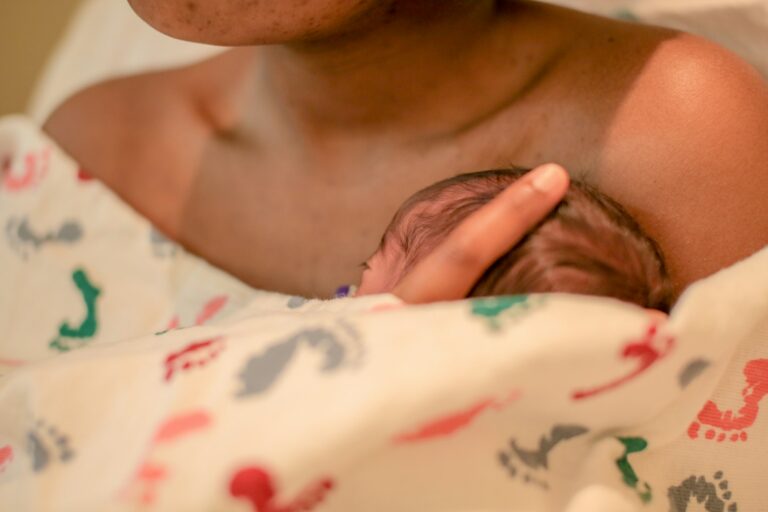The blur between sleepless nights, newborn cuddles, and the steady drum of daily routines—that’s where many parents find themselves, gazing at the first weeks after maternity leave. If you’re wrestling with fatigue or mixed feelings about sharing duties, wondering how your family will adapt, the challenges are real. From the relentless pace of pediatric appointments to jostling personal and professional expectations, parents crave both clarity and empathy. The co parent role after maternity leave emerges not as a script to follow but as a dynamic, evolving partnership—one filled with new rhythms, emotional highs and lows, and the pressing need for balanced teamwork. Ahead: unpacking practical strategies, debunking myths, and diving into what science truly reveals about sharing the journey of parenting after maternity leave.
Embracing the co-parent role after maternity leave: teamwork at the core
Redefining shared parenting responsibilities
When adjusting to the co parent role after maternity leave, many parents anticipate a logistical relay race—feeding, diaper changes, sleep routines, managing the endless flow of laundry. These visible tasks, while vital, only scratch the surface. Equally impactful: the mental load—anticipating doctor visits, remembering to schedule vaccines, and silently tracking developmental milestones. This invisible stream of planning is as real as any midnight feeding. Research underscores that balanced partnerships, where each caregiver alternates and adapts to the family’s shifting needs, not only reduce exhaustion but also promote infant well-being (see: studies on paternal-infant bonding and shared parental leave outcomes).
Building emotional support and healthy attachment
The co parent role after maternity leave is far more than childcare logistics. Scientific studies on early child development highlight that infants thrive in emotionally responsive environments. For the co-parent, sharing skin-to-skin contact, soothing fussiness, singing lullabies, or handling nighttime awakenings creates powerful neurobiological pathways—think oxytocin surges and strengthened parent-infant attachment. These interactions enable both parents to form unique bonds, fortifying the child’s sense of security and supporting healthy emotional regulation. Wondering if dads and non-birthing partners really make a difference? The answer is unequivocal: yes, and the benefits are measurable (lower cortisol levels in infants, reduced risk of postpartum mood disorders).
Practical involvement in household management
Let’s not pretend: after maternity leave, the to-do list only expands. Beyond care routines, the co parent role after maternity leave encompasses household management—from prepping meals (nutritionally balanced to support breastfeeding and maternal recovery) to keeping track of health records. Running interference with visitors, fielding texts from grandparents, organizing grocery runs, and even coordinating chores like bottle sterilization, all alleviate the postpartum load. The payoff isn’t just a tidier home; mothers who receive tangible support experience faster physical recovery and decreased incidences of postpartum depression and anxiety, as shown in recent maternal health literature.
Navigating transitions together: partnership in every sense
Bonding moments for every caregiver
For many partners, the first moments alone with the newborn after maternity leave can feel thrilling—and daunting. You might ask, “Am I doing this right?” Science provides reassurance: babies are extraordinarily adaptable and will bond through repeated, caring interactions—feeding, soothing, simple eye contact. For breastfeeding families, co-parents can still play critical roles: assisting with latch, bringing water or snacks, or offering emotional reassurance during challenging feeds. Bottle-feeding or mixed feeding allows direct participation, promoting oxytocin spikes for both caregiver and child.
Supporting the mother’s recovery and adjusting to new family dynamics
Beyond the newborn, maternal recovery remains a medical and emotional priority. Uterine involution, perineal healing, cesarean wound care—these medical realities demand rest and reduced exertion. During the delicate postnatal phase, the co parent role after maternity leave transforms: absorbing the bulk of household responsibilities, handling older siblings’ routines, and monitoring for signs of postpartum mood disturbances (persistent sadness, anxiety, appetite changes). Early intervention and shared vigilance can be life-changing.
Administrative and logistical cheerleading
Never underestimate the chaos of paperwork. The co parent role after maternity leave often means wrangling paperwork—registering the birth, picking up prescriptions, attending pediatrician check-ups, and keeping vaccination records current. For many, these tasks are an invisible source of stress; sharing the load isn’t just helpful, it’s protective.
Communication and adapting parenting styles
Open dialogue and flexibility
Communication—honest, empathetic, and regular—underpins the co parent role after maternity leave. Experts recommend explicit conversations about expectations (who handles midnight wake-ups, who calls the pediatrician, how is the workload split?). Use shared digital calendars, notes on the fridge, even ten-minute check-ins after bedtime. This transparency transforms invisible labor into acknowledged contribution. Let flexibility reign; as your baby’s needs shift, so should your strategies.
Respecting individual styles
No two parents approach challenges identically. Some thrive on routine, others prefer spontaneity. Judgment rarely helps, but building trust and finding overlap—a shared bedtime ritual, agreed discipline boundaries, or common approaches to infant sleep—creates cohesion for the child. When conflicts escalate or outside criticism intrudes, returning to agreed-upon priorities and seeking professional support are both valid.
Practical strategies for shared parenting: action plans, not wish lists
Dividing physical and emotional labor
Start with a simple inventory: what needs to be done daily, weekly, and occasionally? Co-parents should divide tasks according to schedules, preferences, and unique skills, checking in as the newborn’s needs evolve (colic, teething, sleep regressions). Swapping roles amid sleep deprivation is not a failure but a strength—a pattern observed in resilient family systems.
Stability and routine: bedrock for your child
Predictable routines anchor children. Research on infant and toddler circadian rhythms shows that consistent sleep schedules, regular mealtimes, and aligned household rules foster healthy growth and less behavioral disruption. The co parent role after maternity leave extends here: co-designing boundaries and responding uniformly, even across multiple homes, reassures and stabilizes infants during developmental leaps.
Work-life balance and pushing for workplace support
Advocating for flexibility and understanding workplace tools
Finding the equilibrium between career and parenting—often called “work-life integration”—calls for creative problem-solving. Remote work, gradual returns post-leave, and proactive advocacy for parental rights all support the co parent role after maternity leave. Engaging HR, leveraging workplace parent communities, and requesting lactation accommodations are not indulgences but evidence-based strategies to retain workforce participation and support child development.
Building better workplace cultures
When employees share their parenting realities, demand family-friendly policies, and form support networks, workplace well-being improves across the board. Higher satisfaction, lower turnover, and less burnout benefit not just parents, but organizations as a whole. The co parent role after maternity leave is dramatically easier in environments that recognize and adapt to changing family needs.
Optimizing child development and early parent-infant bonding
Neurodevelopment and attachment: every interaction counts
Daily, engaged caregiving—singing, touch, verbal interaction—stimulates infants’ neural pathways, supports early language development, and builds resilience to stress. Both parents’ active participation reduces gendered stereotypes and ensures the child does not develop overly narrow attachment patterns. Even micro-interactions (diaper changes, gentle rocking) are building blocks for robust socioemotional health.
Whole-family flourishing
Decades of longitudinal studies correlate cooperative parenting with lower rates of behavior issues and stronger academic outcomes later in life. When both partners step up, the entire family becomes more adaptable. Children sense and internalize this teamwork, translating to better stress management and overall well-being.
Real-life hurdles: guilt, criticism, and logistical acrobatics
Addressing emotional challenges and external pressures
It is natural to experience guilt—over missing milestones, enduring judgment from relatives, or feeling “not enough.” The co parent role after maternity leave does not erase these feelings but allows them to be shared, normalized, and gradually reframed. Openly discussing doubts, prioritizing the family’s actual needs over outside opinions, and seeking support when needed are acts of strength, not weakness.
The power of support networks
Professional guidance, mental health check-ins, and connecting with peer parents provide lifelines during the early months. Recognize your own limits; if frustration, anxiety, or low mood persist, reaching out to healthcare providers is a valid and effective step. Many find relief—and practical answers—by connecting with parent groups, pediatricians, or perinatal counselors.
Key takeaways
- The co parent role after maternity leave thrives on transparency, adaptability, and genuine teamwork.
- Proactive involvement by both parents—emotional, practical, and in household management—directly influences maternal recovery and child well-being.
- Rigorous communication, flexible routines, and respect for individual parenting styles make adaptation smoother and prevent resentment.
- Advocate for family-friendly workplace policies; research strongly links such support to healthier outcomes for both children and parents.
- Remember: seeking advice from medical or mental health professionals is a mark of attentive care, not deficiency.
- Access additional guidance, personalized health questionnaires, and up-to-date parenting tools by downloading the Heloa app.
With science, empathy, and a dynamic approach, the co parent role after maternity leave becomes a source of confidence and stability for every family stepping into this extraordinary chapter.
Questions Parents Ask
How can co-parents maintain a strong connection with their child after returning to work?
Balancing work and family can sometimes feel overwhelming, but de petits moments quotidiens aident à nourrir la relation parent-enfant. Partager les routines du matin ou du soir, organiser un temps de jeu ou de lecture, ou encore proposer une sortie en famille le week-end permet de renforcer ce lien. Même si le temps passé avec l’enfant change, l’attention et la présence restent tout aussi importantes. N’hésitez pas à vous appuyer sur des rituels simples mais réguliers pour créer de beaux souvenirs tout au long de la semaine.
What are some ways co-parents can support each other emotionally after maternity leave?
La reprise du travail peut être source de fatigue et d’inquiétude pour chaque parent. Il est important de partager ses ressentis, d’écouter l’autre sans jugement et de se rappeler que chacun fait de son mieux. De petites attentions ou des encouragements quotidiens contribuent à maintenir une dynamique positive. Vous pouvez également fixer des temps d’échange réguliers, même brefs, pour discuter de ce qui se passe bien ou des difficultés éventuelles. Se soutenir mutuellement aide à traverser les changements plus sereinement.
How can co-parents divide nighttime responsibilities to ensure both get enough rest?
Organiser des relais pendant la nuit peut véritablement soulager la fatigue liée à l’arrivée d’un bébé. Certains parents choisissent de se relayer selon les jours ou les emplois du temps, d’autres préfèrent partager chaque nuit en deux parties, pour que chacun bénéficie d’un créneau de sommeil ininterrompu. Soyez à l’écoute de vos besoins et adaptez le fonctionnement au fil des semaines. Il n’y a pas de solution unique, l’important est que chaque parent puisse, dans la mesure du possible, trouver un équilibre et préserver sa santé.









